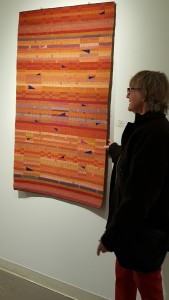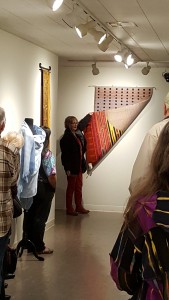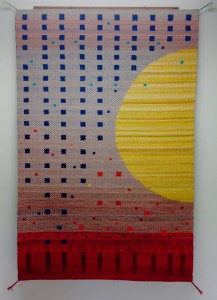Interview of weaver Wendy Bertrand by Kevin Janssen for Loom & ShuttleSeptember 2017 Newsletter
About Sibila Savage Photography
Are You Ready for Your Close-up?
There comes a time in an artist’s life when the need for professional photographs of their work becomes necessary because those self-snapped pictures from one’s phone or camera don’t seem to capture the colors, vitality or complexity of one’s work. Frequently, specific file formats and sizes are mandated for entry submissions to gallery shows and competitions; file requirements that outstrip the capabilities of those ubiquitous cell phones or small cameras.
Recently, Wendy Bertrand reached such a point in her work when she submitted an entry to (and was selected for) the International Fiber Arts VIII Exhibition at the Sebastopol Center for the Arts last month. (Please see the July 2017 Guild Newsletter for details.) Submitting an entry to the Fiber Arts VIII Exhibition was the final straw for Wendy in creating her own images and she began a search to educate herself about identifying and then working with a professional photographer to capture the essence, spirit and detail in her work in file formats she can then use going forward when presented with a venue or opportunity in which she’d like to enter her work. Generously, she is willing to share her experience with the Guild for those in a similar situation.
Once the decision was made that she needed professional photos, Wendy searched the Internet for information on professional photographers with experience in working with art made with fiber as well as seeking the advice and comments of others fiber artists. She came across several recommendations for Sibila Savage Photography. She contacted Sibila and had such an enjoyable conversation via phone that she decided to move forward and book an appointment to have several of her rugs photographed. Of great importance for Wendy was that she felt comfortable and confident with the person behind the camera.
She arrived at Sibila’s Emeryville studio and felt confident from the onset. She felt Sibila was genuinely interested in the pieces she brought into the session and worked with Wendy during the photoshoot to ensure she captured images that Wendy was satisfied with and would feel comfortable using. During the photoshoot, and after studying a specific piece, Sibila made suggestions for areas to capture in detailed shots that Wendy hadn’t thought of as Sibila approached her work with the sensibilities of an artist and not merely taking pictures with no thought or appreciation of the subject at hand. Sibila took a picture and invited Wendy to review the image on a monitor with her and welcomed comments and reactions to what they were viewing together that lead to adjustments in approach or changes in direction and/or lighting that resulted in photos that Wendy felt captured her work perfectly. Upon completion of the shoot, Sibila prefers to retain the art pieces for a few days for final tweaking of the images to insure colors are true and the images speak for the piece(s) directly.
Of importance for Wendy was to obtain photos in various formats that she would be able to use as needed. These formats embraced a print-ready format, digital formats and formats specific for entry submissions typical of most art calls. Wendy appreciated that she received all of the final formats electronically for each piece that was photographed. For each piece she brought to the session, she received a full-view and detail photo.
Wendy was so pleased with the experience of working with Sibila and the files she received that she is planning on scheduling another session to photograph additional work not included in her initial session. Not only does Wendy have images at the ready for when she writes an article for various publications, she is now poised with images in various formats to use when submitting her work for inclusion in gallery shows and competitions that show her work to great advantage. She was quick to mention that when sending in an application for any venue, there is a single opportunity to make an impression. Making the most of that opportunity means one needs to have great photos that represent your work as you wish others to see it.
An unplanned benefit from creating these professional photos is that Wendy now has images that document her work for her personal archives. She feels the investment in these images is well worth the price in that she can easily and confidently meet submission requirements and not have to scramble to satisfy entry file format requirements.

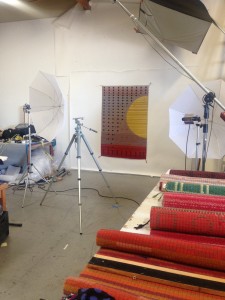
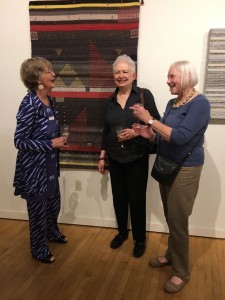
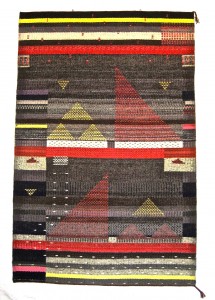
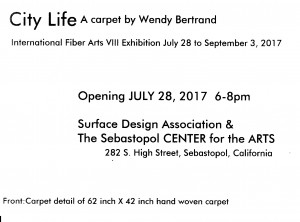
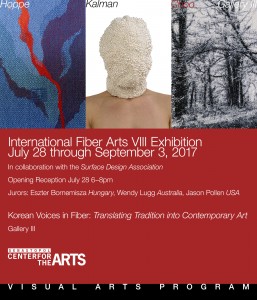
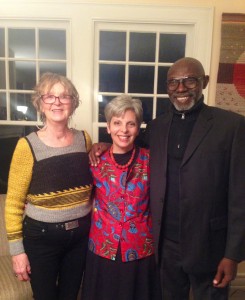 Wendy Bertrand, Diane Chehad, Epee Ellong
Wendy Bertrand, Diane Chehad, Epee Ellong
